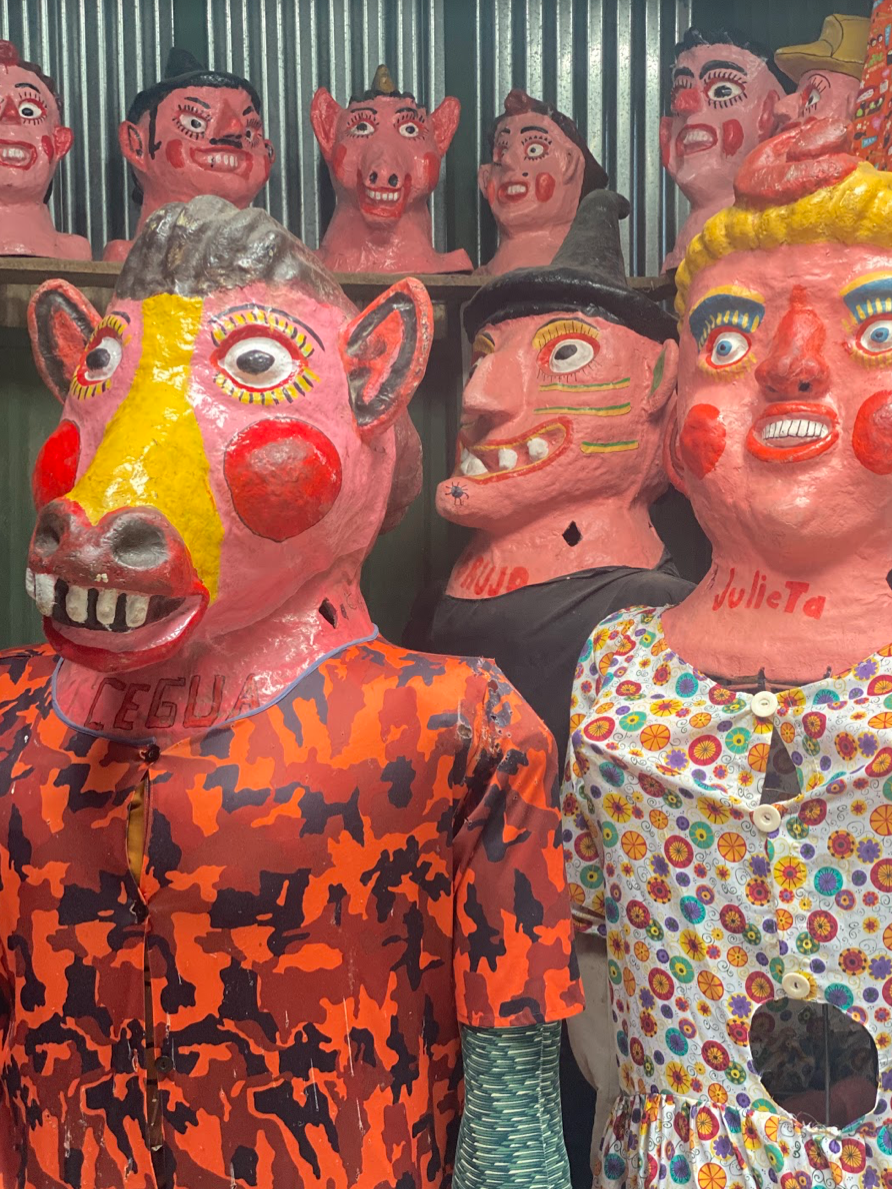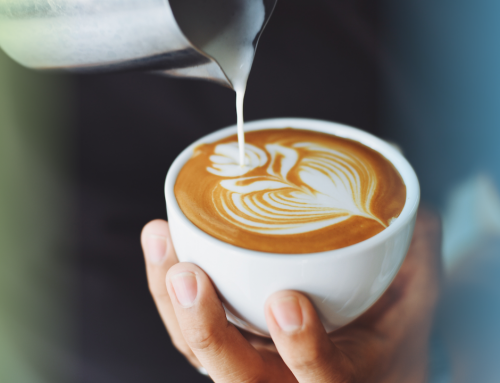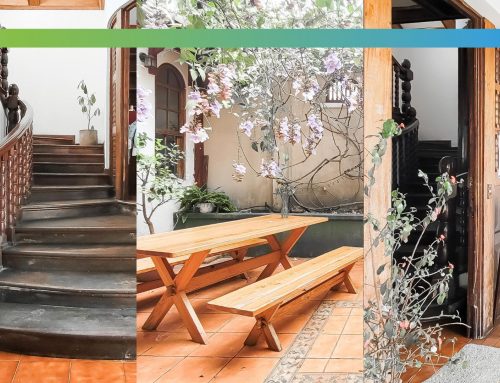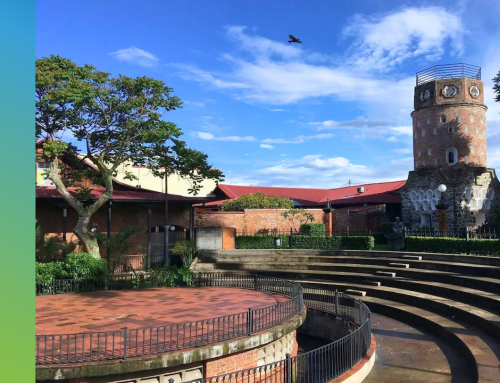In the first decades of the last century, Don Pedro Arias started a tradition that would later become part of the Costa Rican identity. The history of this particular family tells us about the evolution of a tradition of Costa Rican culture: the mascaradas (masquerades).
Natives of the Escazú area, the mask makers of this town live from the art that has brought culture to the popular festivals, shifts and patron saint celebrations of the country’s cantons. The promoters of this Costa Rican tradition are found in three main towns: Barva de Heredia, Aserrí and Escazú.
The masquerades & the artists
We are going to tell the story of the Family of Don Pedro Arias, who in the first decades of the 20th century began with the tradition of masquerades. This family, originally from San Antonio of Escazú, has, to this day, a workshop for creating and making traditional Costa Rican masquerades.
Don Gerardo Montoya (video), Pedro’s grandson, was born in 1954 and has kept this tradition alive to this day. The original manufacturing process used by his grandfather was with “black” clay from the river, however today, Don Gerardo uses his own technique that he has been perfecting over time and that includes paper and rubber.
Don Gerardo’s masquerades are famous for maintaining the same line of colors and production techniques. That is why throughout the national territory he is known for his art and his joy in sharing his work.
The manufacturing process

In order to create these pieces, different materials are needed, such as clay, cloth, wire, paper and yucca starch gum.
The elaboration process lasts several weeks; It starts with the clay mold that is made by hand and left to dry in the sun, then several layers of gummed paper are glued to dry again for several days. Don Gerardo, in order to give shape to the masquerade, puts small metal structures that he makes himself to hold everything in the same place. Once it dries, he cuts the mold into two parts and puts several layers of gummed paper back together again to leave a hollow structure and finally painting!
Each of the pieces must have a separate metal structure that is placed on the person who uses the piece, in addition to the colorful dresses that are put on to give the final touch. All the stages of the process are done by hand by Don Gerardo, including the elaboration of the gum and the metal structures.
If you like to learn more about the history of Don Gerardo, visit his workshop, and even try some of his famous chicha, feel free to contact him at 8354-2102. This family, in addition to making an important contribution to Costa Rican culture, lives from this type of traditional art and thanks to this, masquerades continue to be part of our identity to this day.
Invest in the local and learn more about the history of Costa Rican masquerades!






